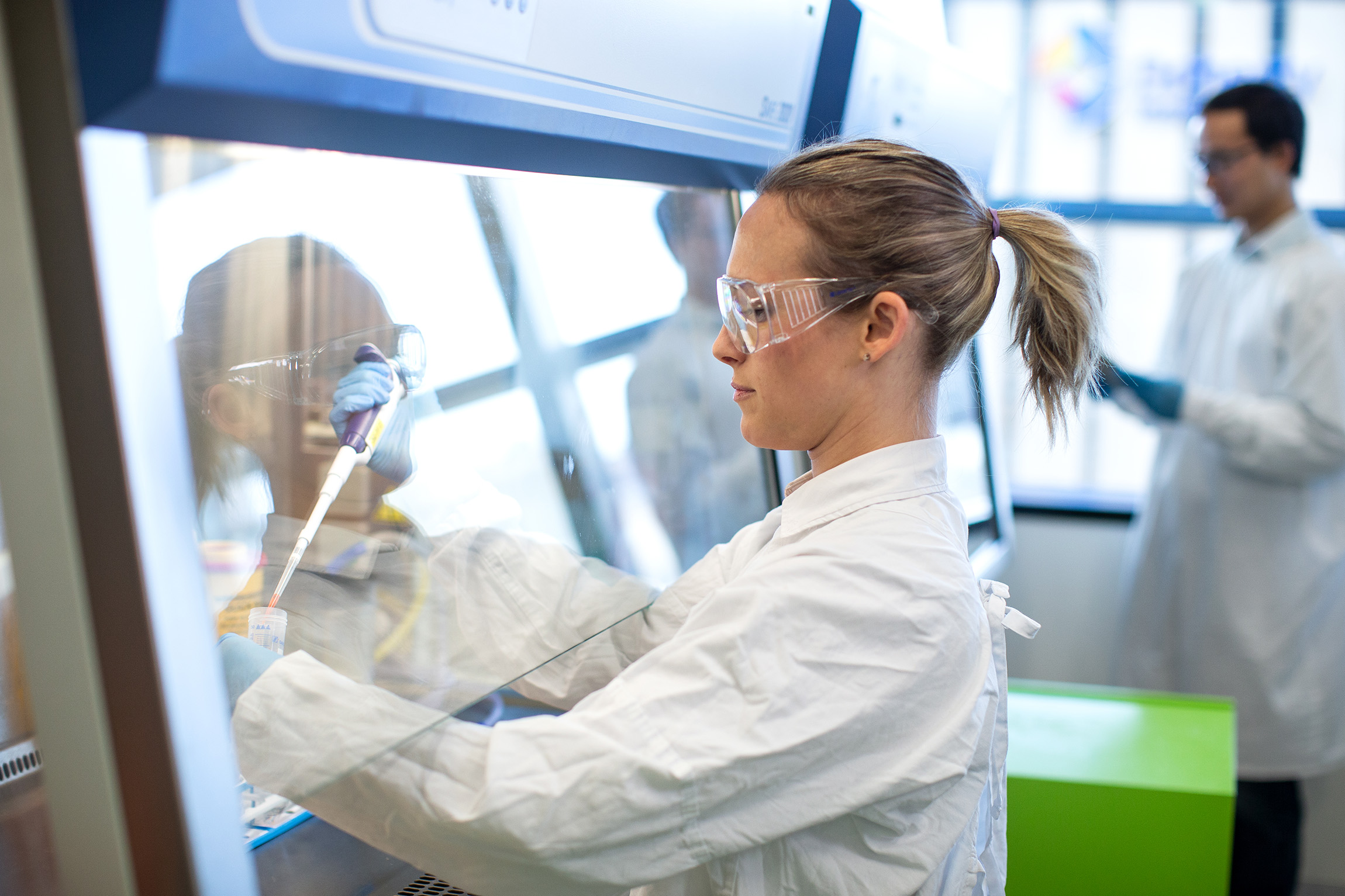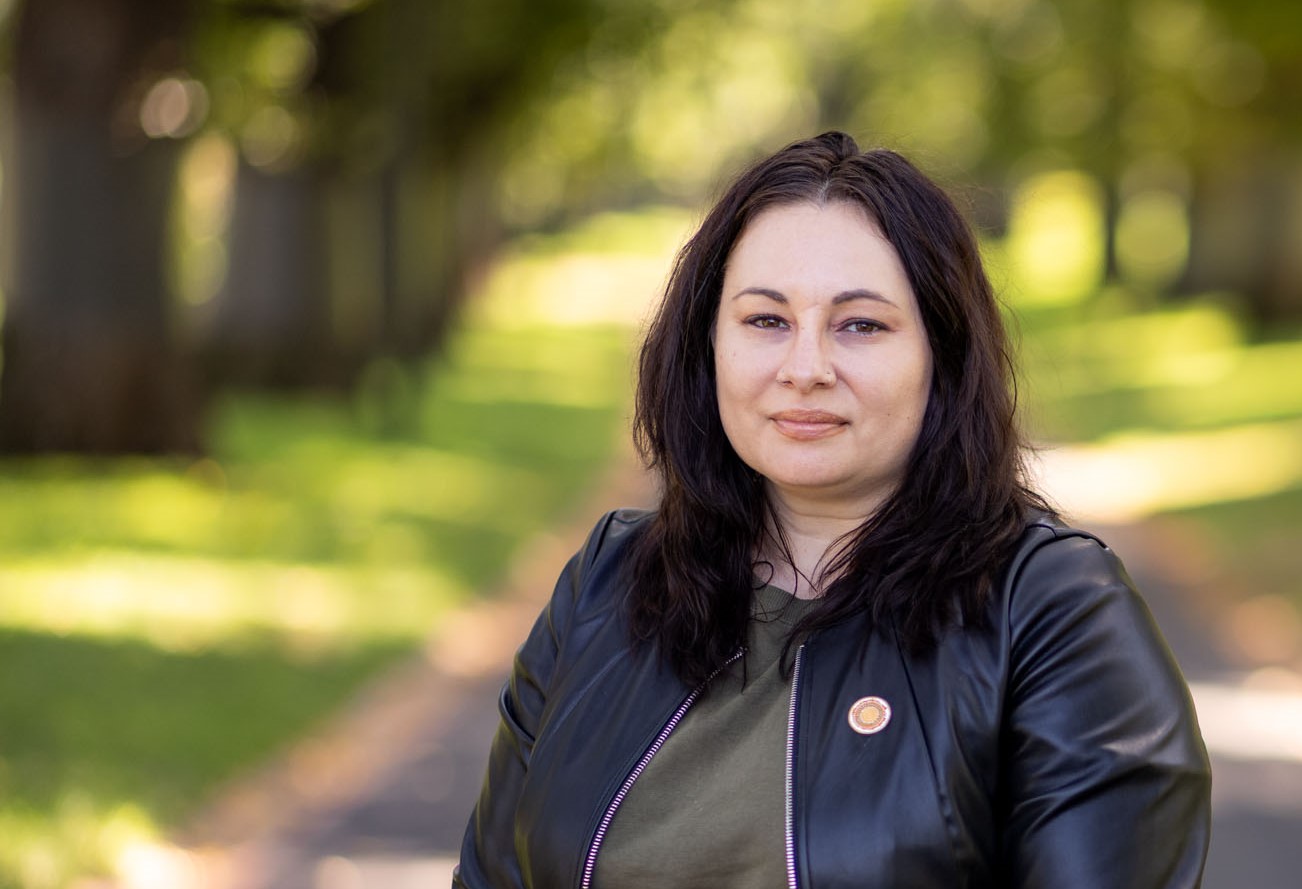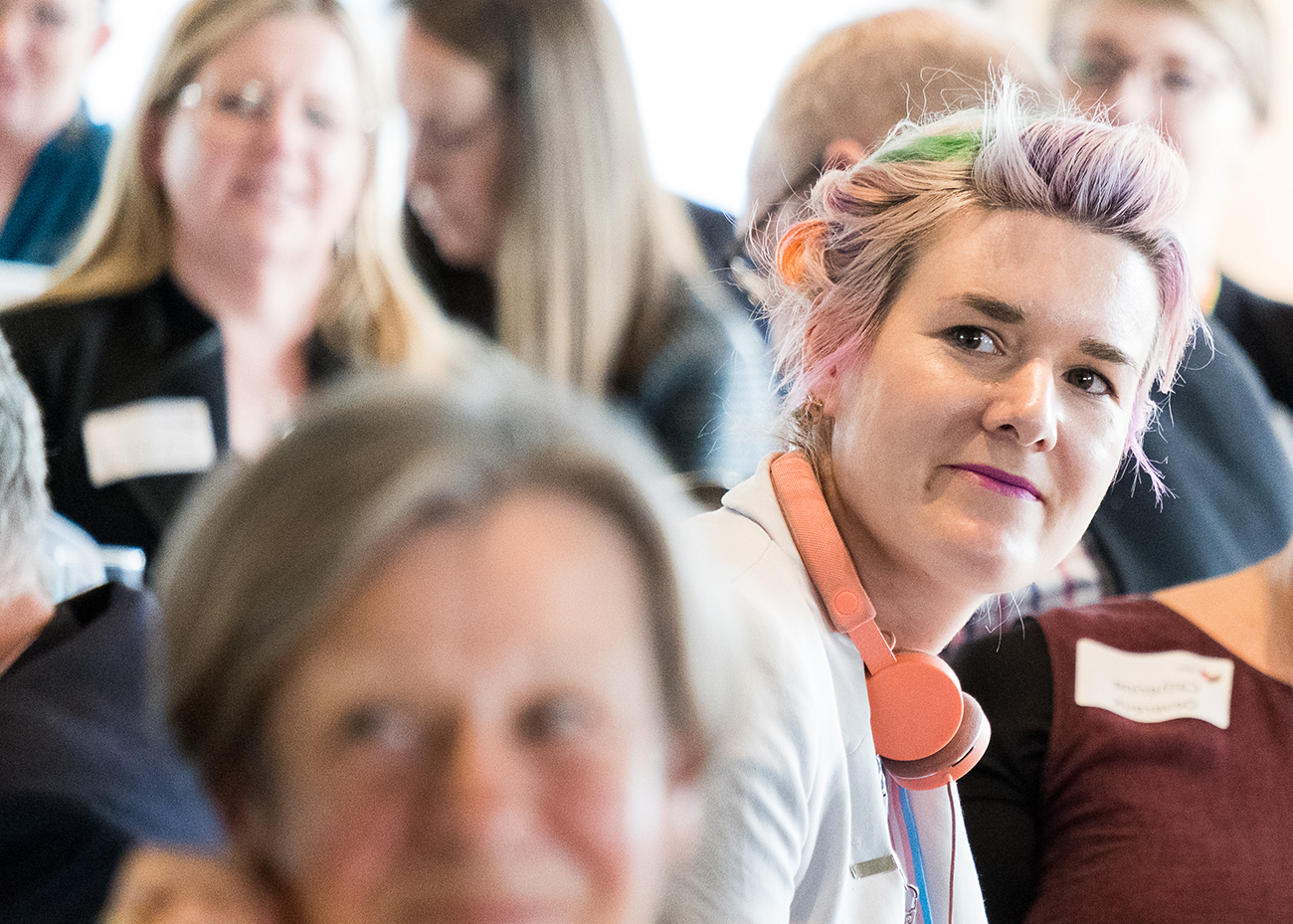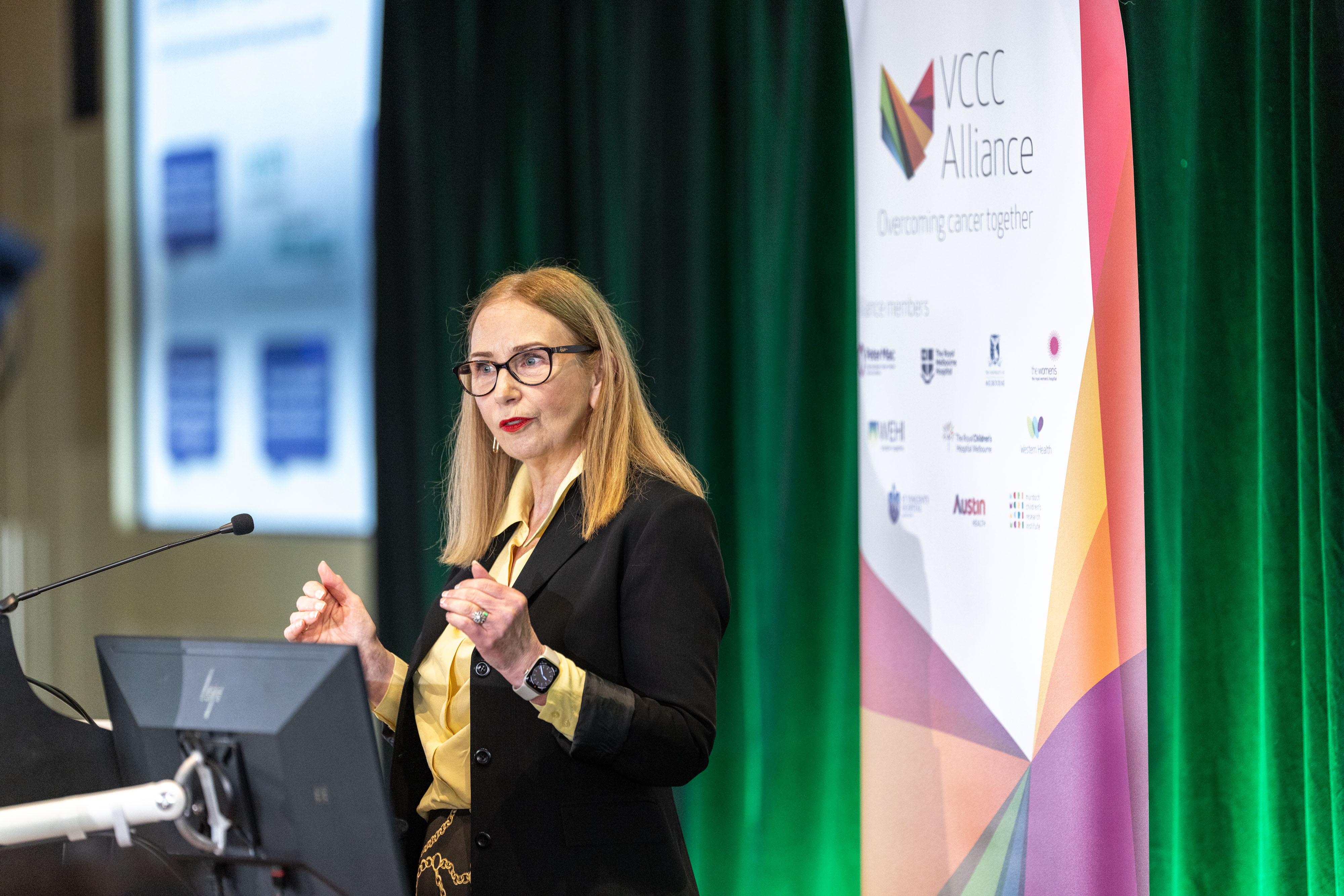






It was previously estimated that 1,814 (1.6% of incident cancers) were attributable to physical inactivity in Australia in 2010, when only three sites (breast, colon, endometrium) were considered attributable to physical inactivity. We now estimate that 6,361 of the cancers observed in 2015 were attributable to physical inactivity, representing 4.8% of all cancers diagnosed. This suggests that more than three times as many cancers are attributable to physical inactivity than previously reported. However, epidemiological evidence in this field tends to be afflicted by numerous biases; this uncertainty needs to be resolved before physical activity is prominently addressed by cancer prevention policy or programs in Australia.
This presentation will demonstrate how triangulating evidence from traditional epidemiological studies with findings from Mendelian randomisation studies and systematic reviews of mechanistic studies can enable us to draw causal conclusions about whether physical activity reduces cancer risk.
The session will explore
Associate Professor Brigid Lynch
Cancer Council Victoria
A/Prof Brigid Lynch is a cancer epidemiologist whose research focuses on how physical activity is related to cancer risk, biological mechanisms underlying risk, and health outcomes for cancer survivors. Her research interests include applying causal inference methods to help advance the field of physical activity epidemiology. She is a principal investigator of the Australian Breakthrough Cancer (ABC) Study, a national cohort study of nearly 60,000 people. Brigid is also the President of the Australasian Epidemiological Association and was the inaugural co-Chair of the both the Sedentary Behaviour and Epidemiology Councils of the International Society for Physical Activity and Health.
Professor Linda Denehy
Department of Physiotherapy; Melbourne School of Health Sciences, UoM and Professor of Allied Health research in Department of Health Services and implmentation Science at Petermac
Linda is Professor of Physiotherapy at the University of Melbourne, Australia and Professor of Health Services Research at Peter MacCallum Cancer Centre. She is past Head of the Melbourne School of Health Sciences in the Faculty of Medicine, Dentistry and Heath Sciences (2017-2021). Her research interests are in pre and rehabilitation in surgery and oncology. She has over 200 publications, presented 50 invited papers and has grant funding success of over AUD $20 million on the topics of pre and rehabilitation. She is also a passionate mentor of graduate research students, clinicians and clinician scientists.
